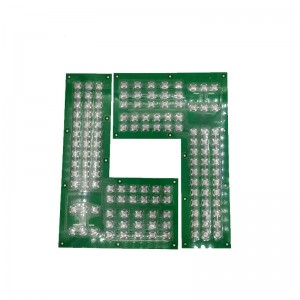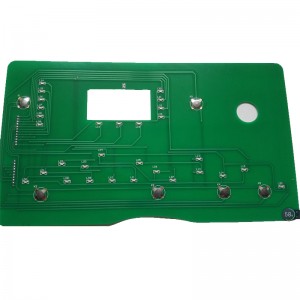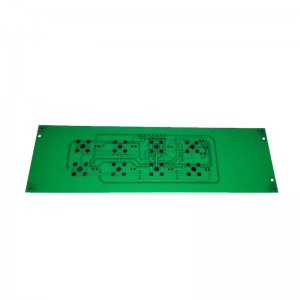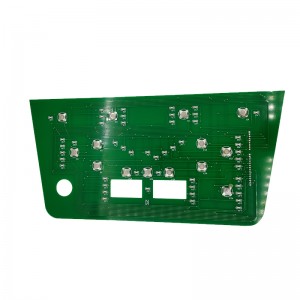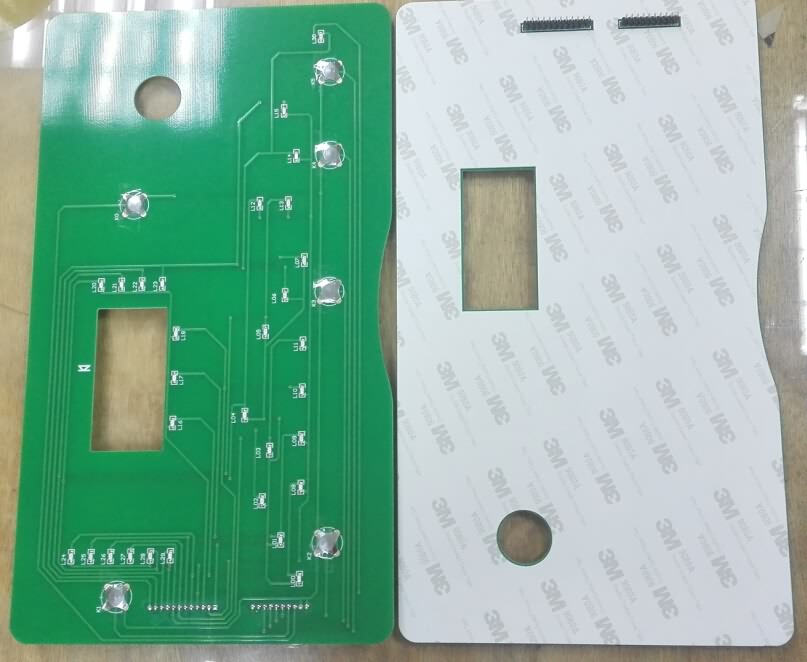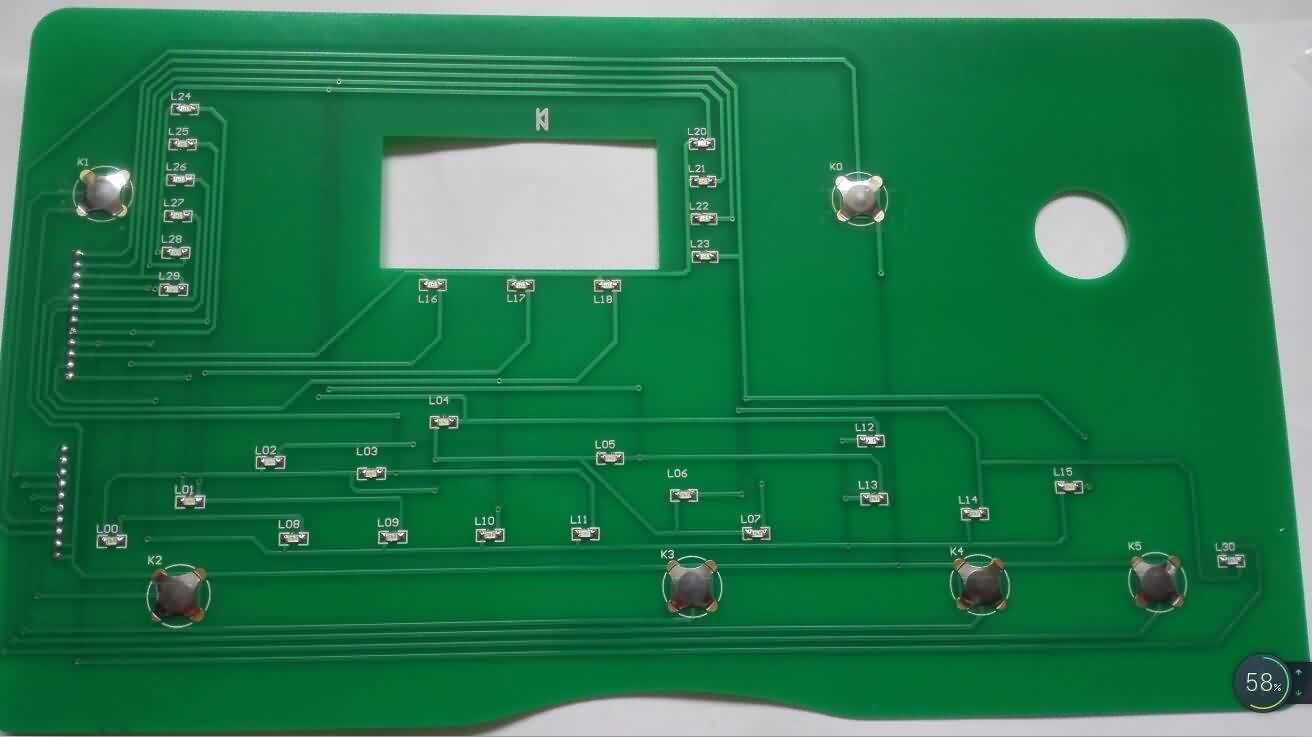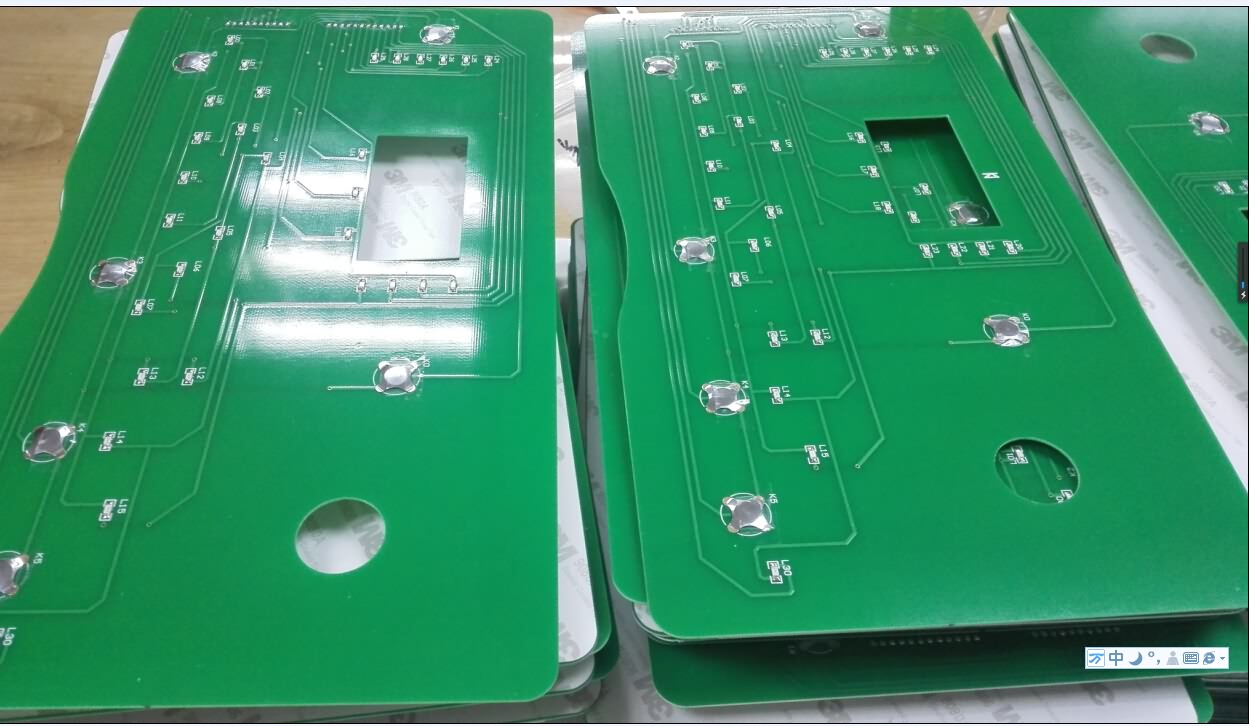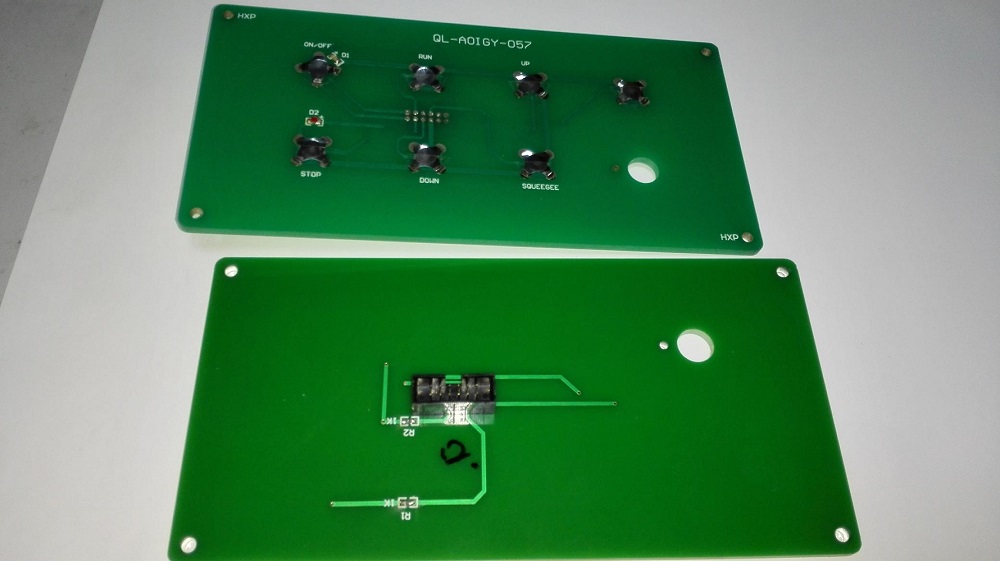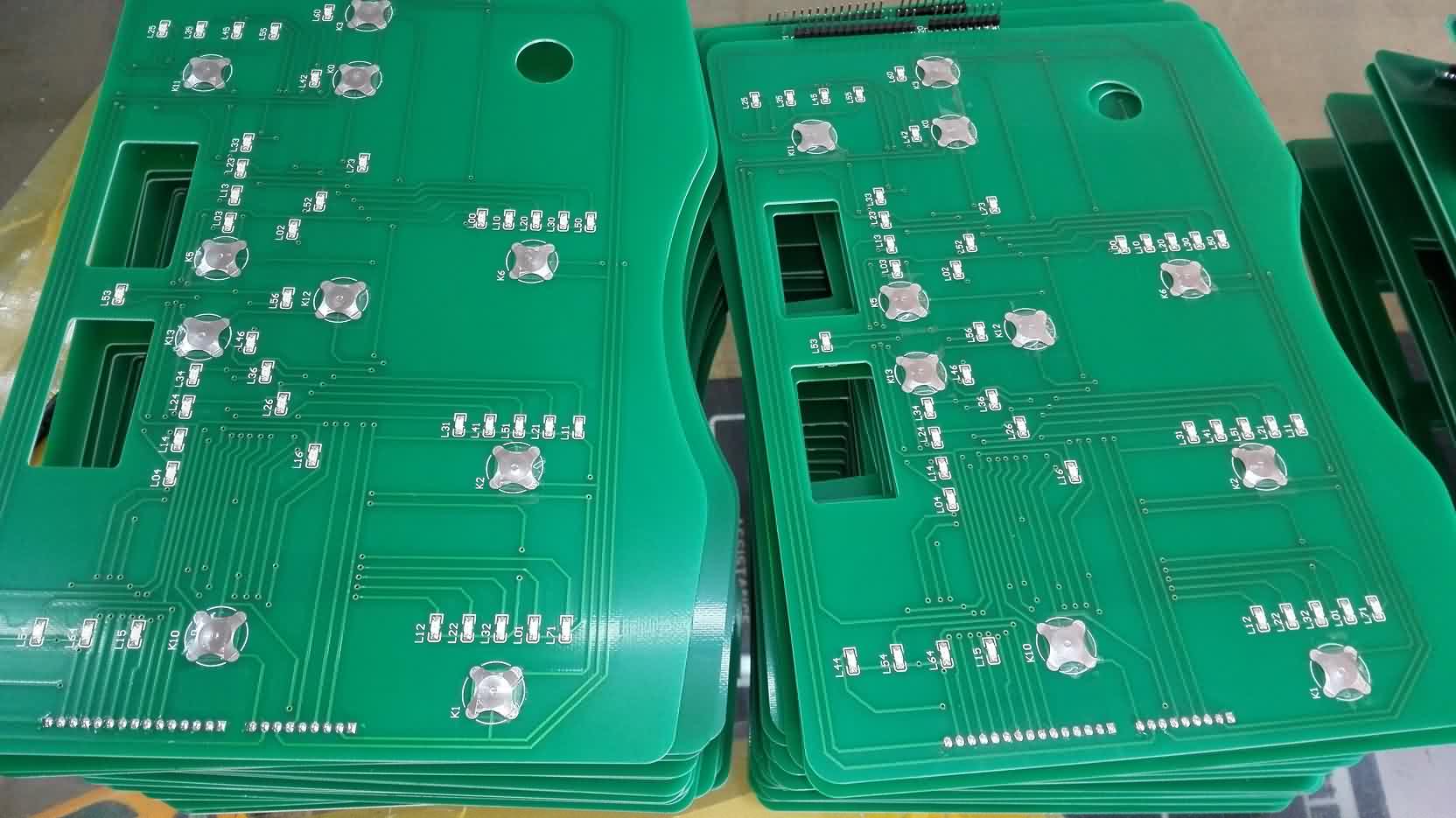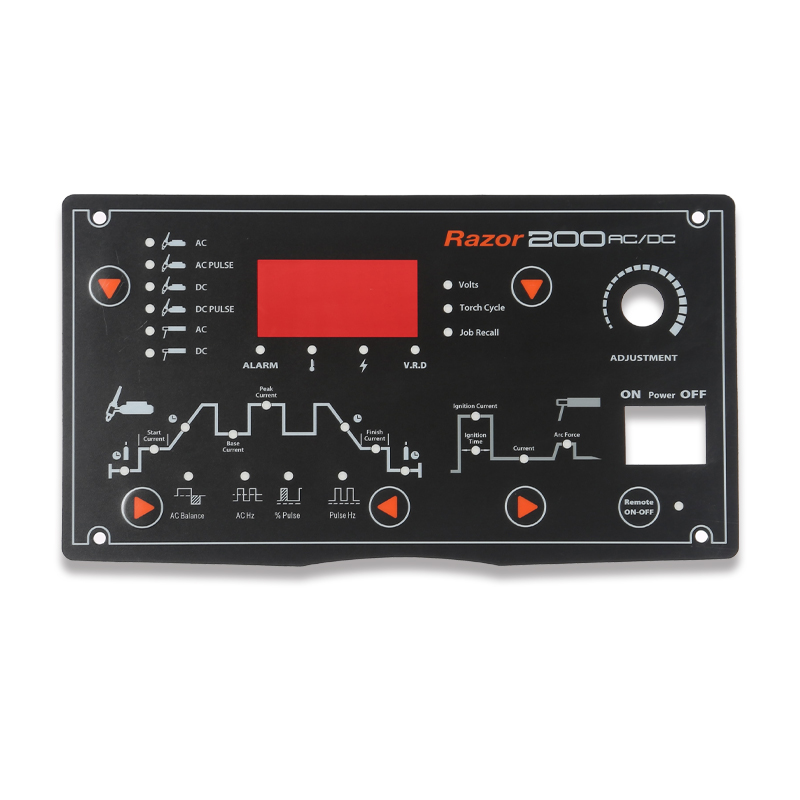PCB(printed circuit board)
PCB(printed circuit board)
PCB Introduction
The printed circuit board is composed of an insulating bottom plate, a connecting wire and a pad for assembling and welding electronic components, and has the dual functions of a conductive circuit and an insulating bottom plate. It can replace complex wiring and realize the electrical connection between the various components in the circuit. It not only simplifies the assembly and welding of electronic products, reduces the workload of wiring in the traditional way, and greatly reduces the labor intensity of workers; it also reduces the overall machine Volume, reduce product cost, and improve the quality and reliability of electronic equipment. The printed circuit board has good product consistency, and it can adopt standardized design, which is conducive to the realization of mechanization and automation in the production process. At the same time, the entire printed circuit board that has been assembled and debugged can be used as an independent spare part to facilitate the interchange and maintenance of the entire product. At present, printed circuit boards have been extremely widely used in the manufacturing of electronic products.
The earliest printed circuit boards used paper-based copper-clad printed boards. Since the emergence of semiconductor transistors in the 1950s, the demand for printed boards has risen sharply. In particular, the rapid development and wide application of integrated circuits have made the volume of electronic equipment smaller and smaller, and the density and difficulty of circuit wiring have become greater and greater, which requires continuous updating of printed boards. At present, the variety of printed boards has developed from single-sided boards to double-sided boards, multilayer boards and flexible boards; structure and quality have also developed to ultra-high density, miniaturization and high reliability; new design methods, design supplies and Board-making materials and board-making techniques continue to emerge. In recent years, various computer-aided design (CAD) printed circuit board application software has been popularized and promoted in the industry. Among specialized printed board manufacturers, mechanized and automated production has completely replaced manual operations.
Origin
The creator of PCB is Austrian Paul Eisler (Paul Eisler), in 1936, he first used a printed circuit board in the radio. In 1943, Americans mostly used this technology for military radios. In 1948, the United States officially approved this invention for commercial use. Since the mid-1950s, printed circuit boards have only begun to be widely used. Printed circuit boards appear in almost every electronic device. If there are electronic parts in a certain device, they are all mounted on PCBs of different sizes. The main function of PCB is to connect various electronic components to a predetermined circuit and play the role of relay transmission. It is the key electronic interconnection of electronic products and is known as the "mother of electronic products".



